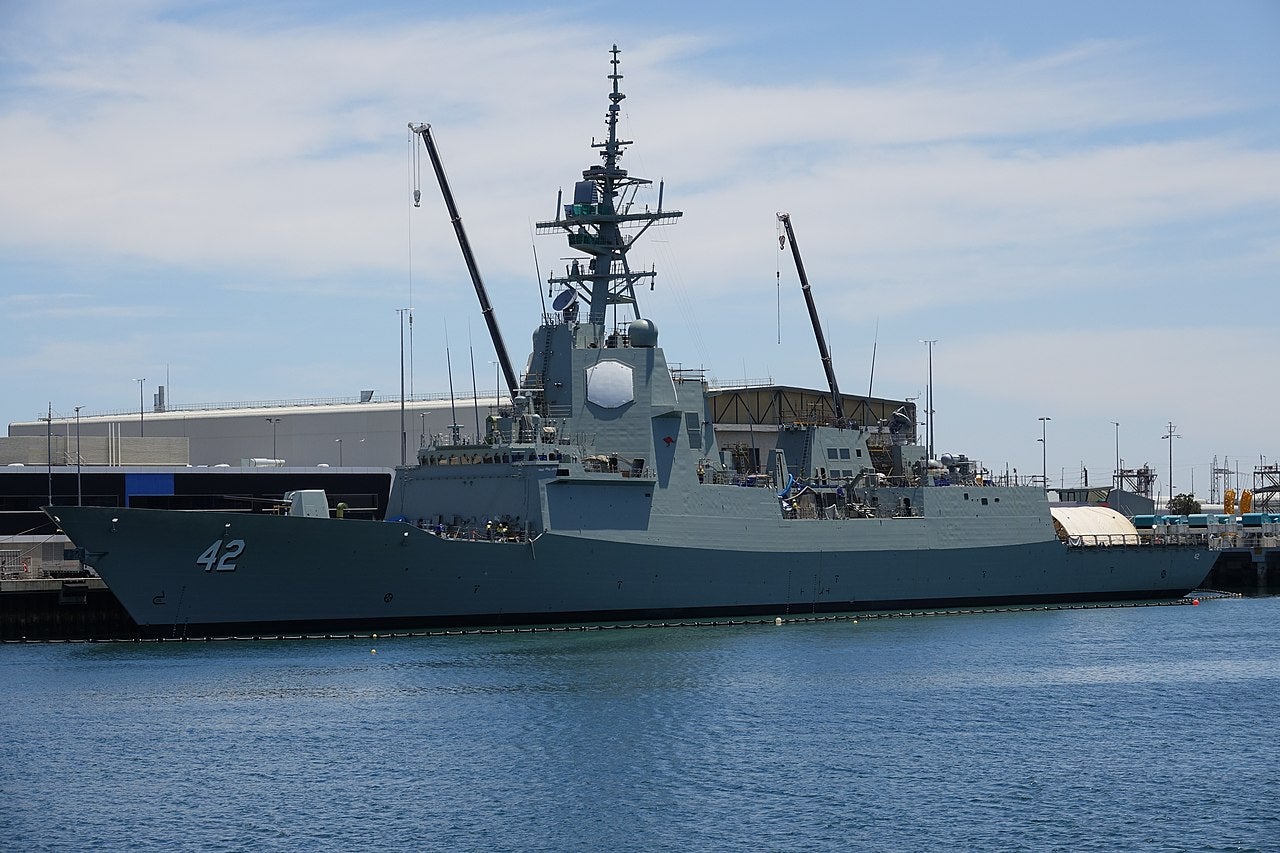
The Royal Australian Navy’s (RAN) Hobart-class guided missile destroyer (DDG) HMAS Sydney has conducted a successful evolved sea sparrow missile (ESSM) firing.
Conducted off the coast of Southern Californian Exercise Area, the first-time firing was carried out as part of its combat systems sea qualification trials.

Discover B2B Marketing That Performs
Combine business intelligence and editorial excellence to reach engaged professionals across 36 leading media platforms.
The missile launch was announced on Twitter by Australian Fleet commander rear admiral Mark Hammond.
He tweeted: “The firing is the first of many used to assess the combat capability of Australia’s newest DDG.”
ESSM is a Raytheon-built surface-to-air weapon designed for launch from surface warships to counter high-speed anti-ship missiles and other threats.
In January, the Australian Government announced new investments to upgrade the RAN’s platforms with long-range anti-ship and extended range surface-to-air missiles, and other capabilities.

US Tariffs are shifting - will you react or anticipate?
Don’t let policy changes catch you off guard. Stay proactive with real-time data and expert analysis.
By GlobalDataThe government will continue supporting the ESSM Block 2 missile programme as part of SEA 1300 project.
In March, HMAS Sydney departed her homeport at Fleet Base East in Sydney to conduct these combat trials.
The trials will confirm the destroyer’s availability for operational deployments.
Constructed in Australia by the Air Warfare Destroyer (AWD) Alliance, Sydney is the last of the three Hobart-class guided missile destroyers.
The Hobart-class vessels are based on the Navantia-designed F100 frigate, which is in service with the Spanish Navy.
HMAS Sydney was commissioned in May last year and completed the Aegis Waterfront Training in August the same year.
It is designed primarily to provide air defence to RAN task groups and support land forces and protect key infrastructure in coastal areas.





